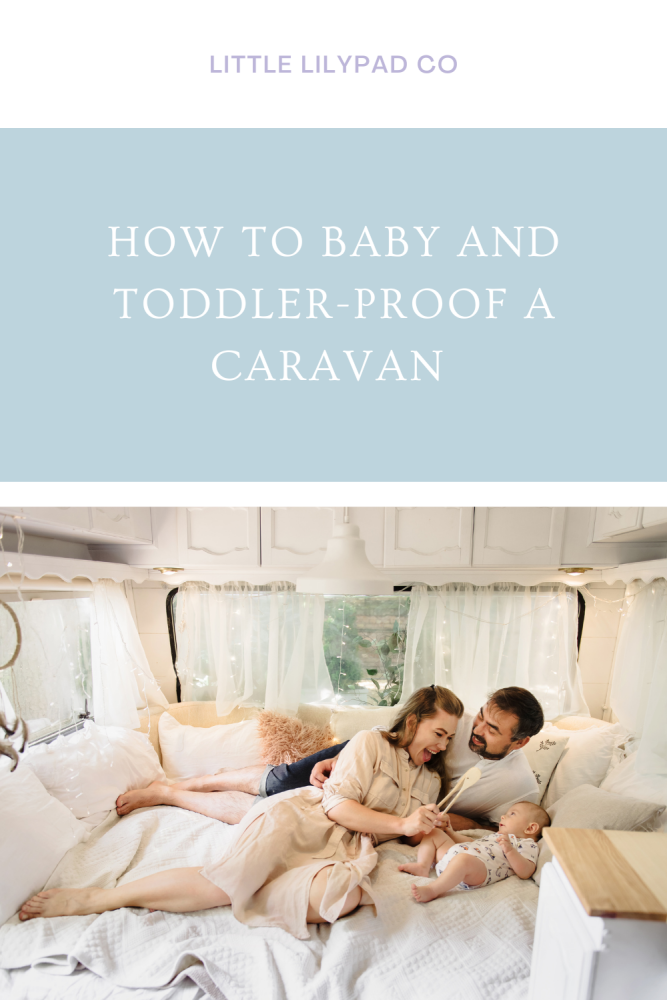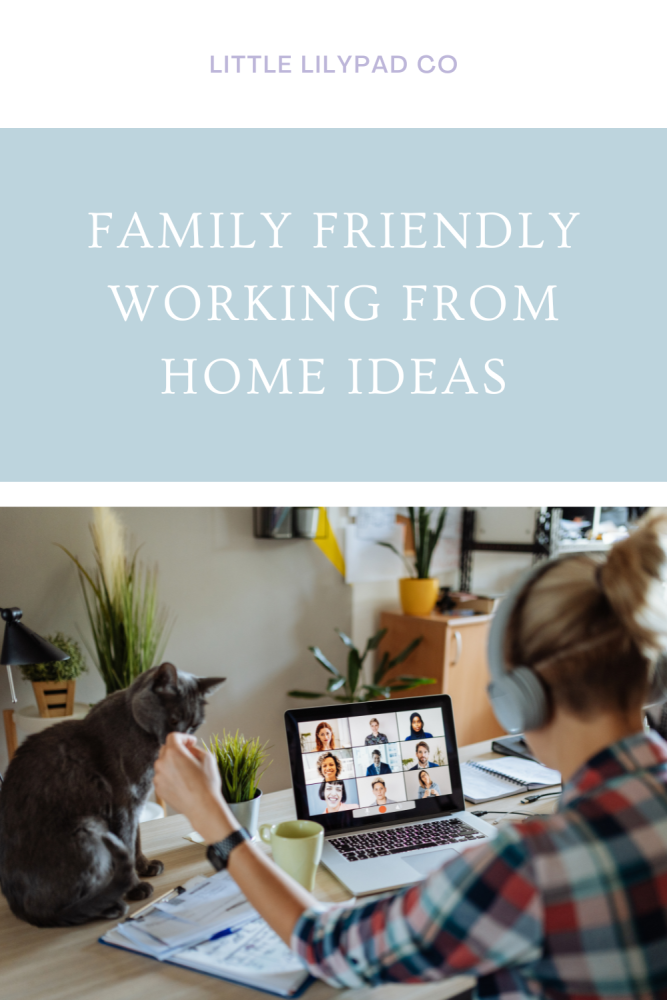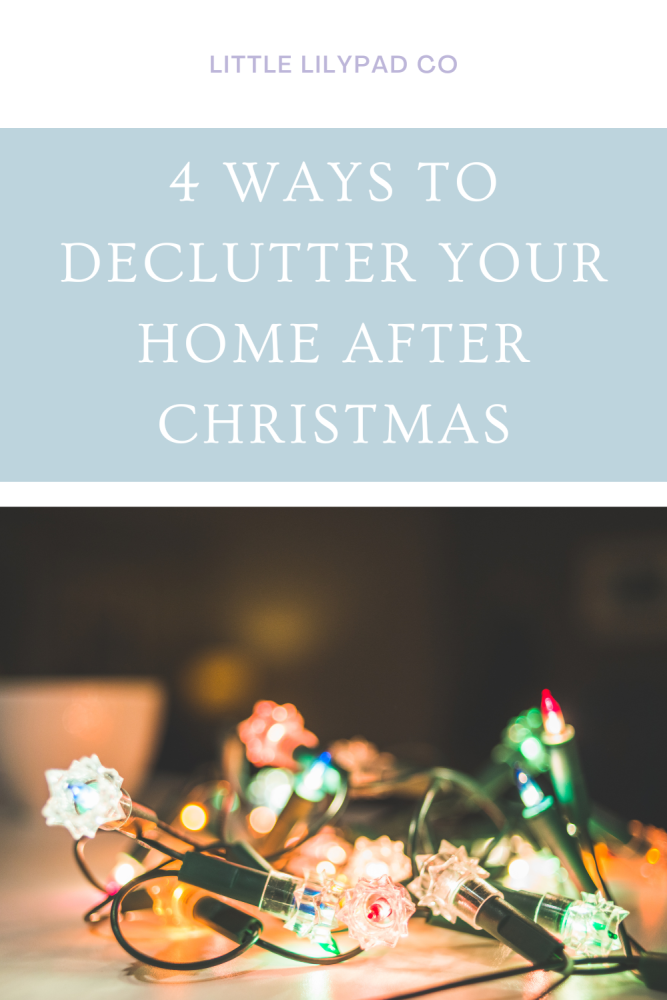7 Wonderful Places to Visit in Romania in Winter
Posted on
Now January is over, it is time to think about holidays! We have been looking at alternative destinations this year and we might just have discovered the ideal location! Romania, a country rich in history and natural beauty, offers some truly magical destinations for travellers during the winter months. There's something for everyone, from snow-covered medieval towns to frosty mountain peaks.

Here are seven wonderful places you should consider visiting in Romania when the temperature drops.
1. Sibiu – A Step Back in Time
Sibiu is like a page out of a fairy tale, especially in winter when its roofs are blanketed with snow, and the Christmas market lights up the Grand Square. The former European Capital of Culture boasts well-preserved walls and towers, cobbled streets, and museums. Don't miss the iconic Bridge of Lies and the stunning views from the Council Tower.
2. BraÈ™ov – Gateway to the Carpathians
Nestled at the foot of the Carpathian Mountains, Brașov is a perfect mix of natural beauty and medieval charm. The town's main attraction is the Black Church, which is a testament to Gothic architecture. Take a cable car up to Tampa Mountain for breathtaking views, or hit the nearby ski slopes of Poiana Brașov, a popular winter sports destination.
3. The Ice Hotel at Bâlea Lake
One of a Kind Experience For a truly unique experience, visit the Ice Hotel on Bâlea Lake. Accessible only by cable car during the winter, this hotel is rebuilt every year entirely out of ice from the glacial lake. Each room is individually designed and carved, offering guests a night in a real-life winter wonderland. During your stay, you can also enjoy ice-related activities, such as skating or sledding.
4. PeleÈ™ Castle – A Royal Retreat
PeleÈ™ Castle, set in the picturesque town of Sinaia, is a masterpiece of German New-Renaissance architecture. Once the summer residence of Romanian royalty, the castle is even more enchanting during the winter months. Explore its lavish rooms filled with art and armour, and walk through the snowy forested estate surrounding it.
5. MaramureÈ™ – Where Traditions Thrive
MaramureÈ™ is the place to go if you want to experience Romanian traditions that have stood the test of time. This region feels like a living museum with wooden churches and traditional villages. During winter, the landscape transforms into a serene, snowy paradise. Make sure to visit the Merry Cemetery in SăpânÈ›a, which is famous for its colourful tombstones and humorous epitaphs.
6. Cluj-Napoca
The Heart of Transylvania Cluj-Napoca, the unofficial capital of the historical region of Transylvania, is a vibrant city that doesn't lose its charm in winter. The city centre, with its mix of medieval, baroque, and modern architecture, becomes a picturesque scene straight out of a fairy tale when covered in snow. Don't miss the chance to visit the Gothic St. Michael's Church or the Banffy Palace, which houses the National Art Museum. The Christmas Market lights up the main square during winter, offering a cozy atmosphere in which to enjoy hot mulled wine and traditional Romanian treats.
7. Poiana BraÈ™ov – A Skier's Paradise
Nestled in the Carpathian Mountains, Poiana Brașov is Romania's most famous ski resort and a perfect destination for winter sports enthusiasts. With its well-groomed slopes, modern facilities,
and cozy chalets, it's an ideal spot for both beginners and experienced skiers. After a day on the slopes, you can unwind with a hot chocolate by the fireplace or enjoy the lively après-ski scene.
Final words
Winter in Romania is a season of incredible beauty and cultural richness. These destinations offer a glimpse into the country's diverse landscapes and historical treasures. Whether you're looking for adventure, relaxation, or a bit of both, Romania's winter wonders will surely make your trip unforgettable. Pack your warmest clothes and get ready for an extraordinary journey!
FAQs
Is it safe to drive in Romania in the winter?
Driving in winter in Romania can be safe if you are prepared and cautious. Ensure your vehicle is equipped with winter tires, and consider carrying chains if you're heading to mountainous areas. Always check the weather forecast before long drives, and avoid traveling during heavy snowfall or blizzards.
Are tourist attractions open in Romania during winter?
Many tourist attractions remain open during winter, but hours may be shorter, and some outdoor sites might be less accessible. It's best to check specific attractions' opening times and availability beforehand. Major cities like Bucharest offer plenty of indoor activities and sights that are enjoyable year-round.
Can tourists in Romania play the lottery?
Yes, tourists in Romania can play lotteries, such as the Euromillions other national games. Tickets can be purchased from authorized retailers nationwide. Some of them can be found online at the Lottoland website.
Will I experience any language barriers?
While Romanian is the official language, many Romanians speak English, especially the younger population and those working in tourism and hospitality. Learning a few basic phrases in Romanian can be helpful and is always appreciated by the locals.
What are the typical winter temperatures in Romania?
Winter temperatures in Romania can vary but generally range from -10 °C to 5°C (14°F to 41°F). In the mountains, temperatures can drop even lower, so preparing for cold weather is important.
Is Romania a budget-friendly winter destination?
Romania is considered quite budget-friendly compared to other European countries. Accommodation, food, and entertainment often come at a lower cost, making it an attractive winter destination for travellers looking to stretch their funds further.

| Tweet |








